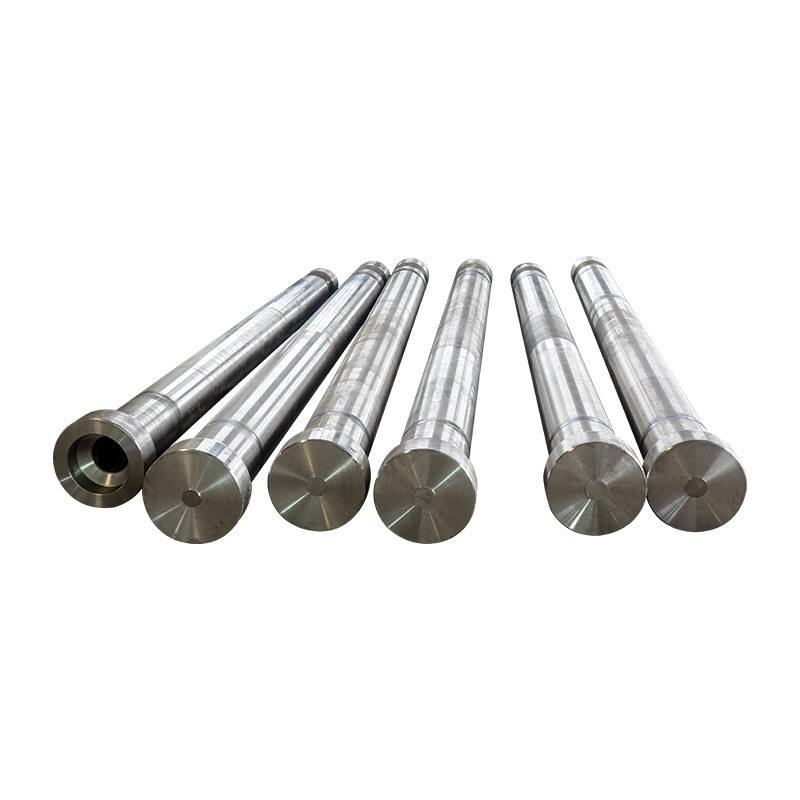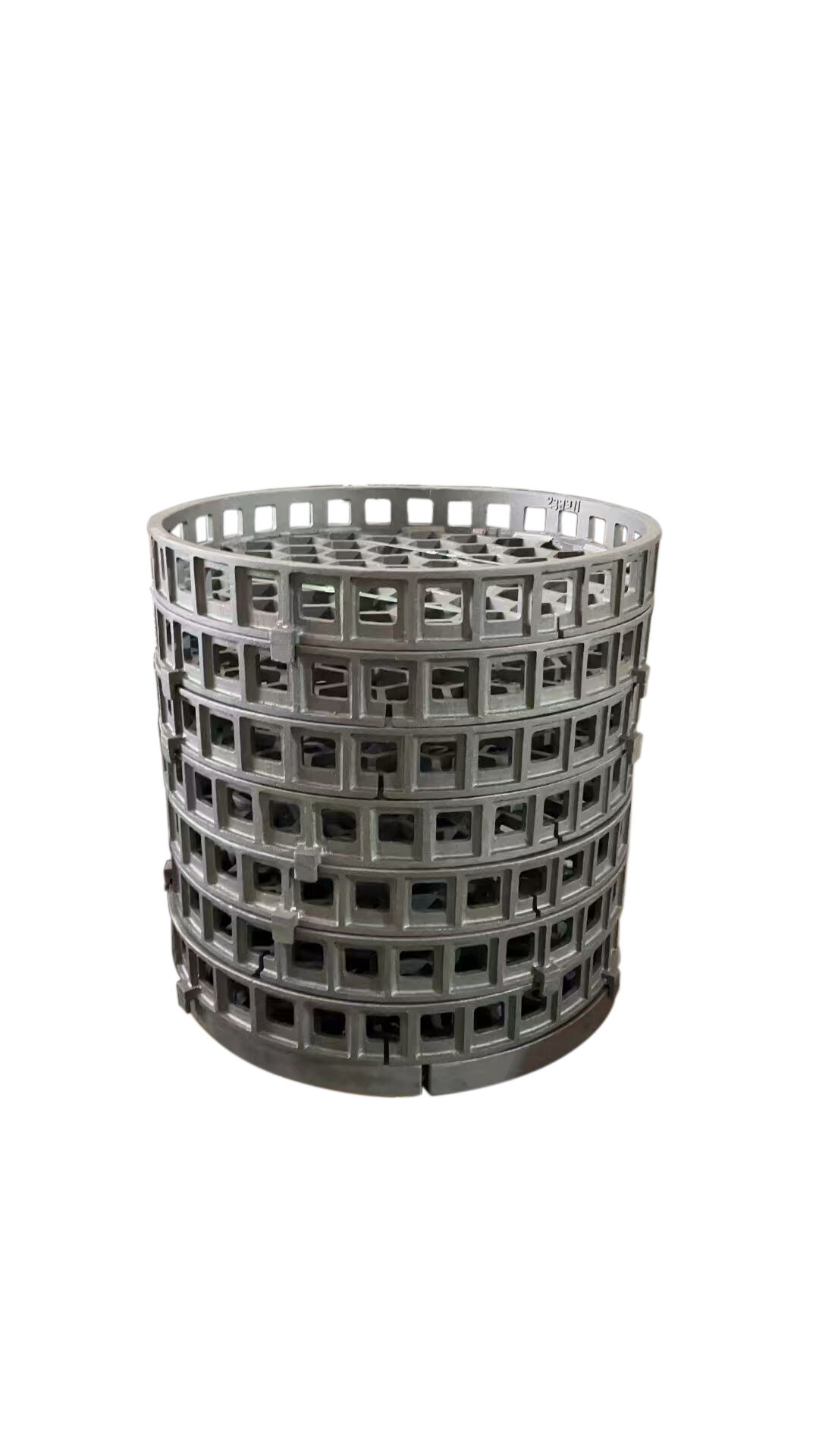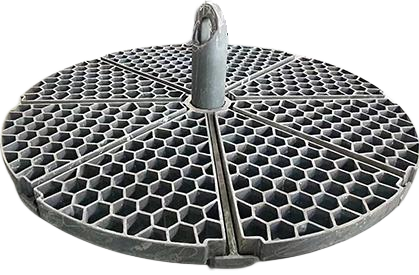well furnace
A well furnace, also known as a downhole heater, is an advanced thermal processing system designed specifically for deep well applications in various industries. This sophisticated heating equipment operates by generating controlled heat directly within the wellbore, facilitating crucial processes such as oil recovery, gas production, and geological treatments. The system comprises several key components, including heating elements, temperature sensors, control mechanisms, and safety systems, all engineered to withstand extreme underground conditions. The well furnace can reach and maintain precise temperatures, making it invaluable for applications requiring consistent heat distribution at significant depths. Its advanced monitoring capabilities ensure optimal performance while preventing overheating and maintaining energy efficiency. The technology incorporates smart controls that allow operators to adjust temperature profiles based on specific well conditions and requirements. These furnaces are built with durability in mind, using corrosion-resistant materials capable of withstanding harsh underground environments, high pressures, and various chemical exposures. The system's versatility allows it to be used in multiple applications, from enhanced oil recovery to geothermal operations, making it an essential tool in modern well operations.


